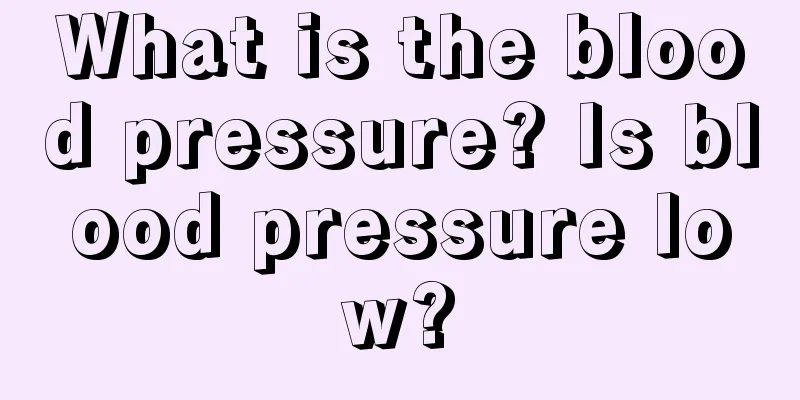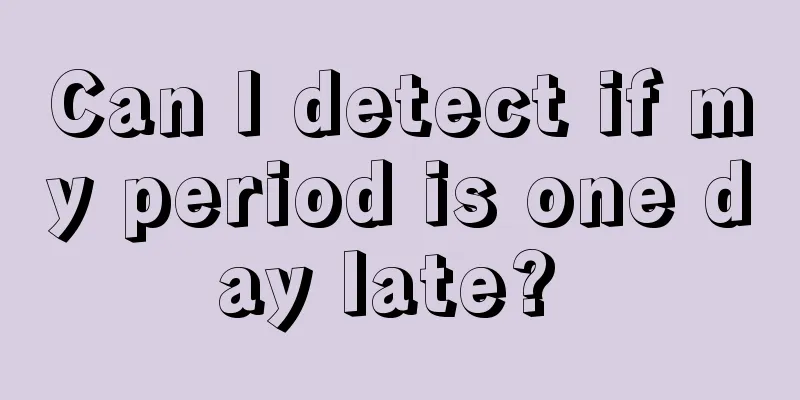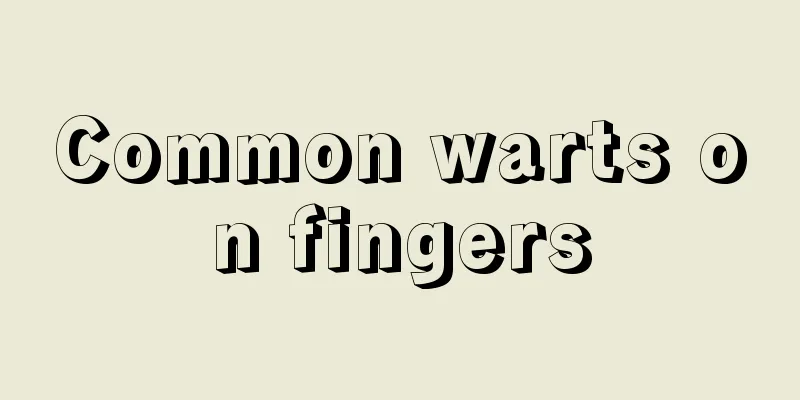What is the blood pressure? Is blood pressure low?

|
Recently, a large number of patients have been treated for low blood pressure in major hospitals. High blood pressure is a very common condition, while low blood pressure is not common. However, low blood pressure may be more obvious due to anemia. Some patients may be too tired, or there may be other reasons that can lead to low blood pressure, which has a very serious impact. When blood pressure is low, what methods can be used to relieve it? Whether due to physiological or pathological reasons, when the systolic blood pressure is lower than 100 mmHg, it will cause hypotension. The hypotension we usually discuss is mostly chronic hypotension. According to statistics, the incidence of chronic hypotension is about 4%, and can be as high as 10% in the elderly population. Chronic hypotension can generally be divided into three categories: ① Constitutional hypotension, which is generally believed to be related to genetics and weak physique. It is more common in women and the elderly aged 20-50. Mild cases may have no symptoms, while severe cases may experience mental fatigue, dizziness, headache, and even fainting. It is more obvious in summer when the temperature is higher. ② Postural hypotension: Postural hypotension is a sudden drop in blood pressure of more than 20 mmHg when the patient changes from a lying position to a sitting or upright position, or stands for a long time, accompanied by obvious symptoms, including: dizziness, blurred vision, fatigue, nausea, cognitive dysfunction, palpitations, and neck and back pain. Postural hypotension is associated with a variety of diseases, such as multiple system atrophy, diabetes, Parkinson's disease, multiple sclerosis, menopausal disorders, hemodialysis, postoperative sequelae, anesthesia, antihypertensive drugs, diuretics, hypnotics, antidepressants, etc. Or others such as: elderly people who have been bedridden for a long time and have weak constitutions. ③ Secondary hypotension: hypotension caused by certain diseases or drugs, such as syringomyelia, rheumatic heart disease, antihypertensive drugs, antidepressants and chronic malnutrition, hemodialysis patients. The main clinical manifestations of hypotension patients: mild symptoms may include: dizziness, headache, loss of appetite, fatigue, pale complexion, indigestion, motion sickness, etc.; severe symptoms include: orthostatic vertigo, cold limbs, palpitations, difficulty breathing, ataxia, slurred pronunciation, and even fainting, and the need for long-term bed rest. These symptoms are mainly caused by a drop in blood pressure, which leads to slow blood circulation and ischemia of distal capillaries, thereby affecting the supply of oxygen and nutrients to tissue cells and the excretion of carbon dioxide and metabolic waste. It especially affects the blood supply to the brain and heart. How high is blood pressure? Is blood pressure low? This is a topic that many of us should care about. When we have similar problems ourselves, we can develop effective methods to treat it. When blood pressure is low, we can add more nutrients to our diet and eat more eggs. |
<<: Can walking regularly help slim down your legs?
>>: Does enzyme weight loss have any side effects?
Recommend
Rock sugar and radish water treat wind-heat cough
Wind-heat cough is a common minor disease. Its ma...
What should I do if my ear is inflamed and pus is coming out? How to treat it?
The health of the ears is vital to people's l...
Which sports are suitable for bile duct cancer
Cholangiocarcinoma refers to a malignant tumor of...
Poor skin and enlarged pores
The fineness and radiance of the skin have a very...
What are the external manifestations of hemorrhoids and constipation?
After suffering from hemorrhoids, in addition to ...
What should I do if I can’t sleep because I am sensitive to sound?
Insomnia is a very common disease in daily life, ...
Can a sexless marriage last a lifetime?
Marriage is what every man and woman in love look...
How long does it take to get the results of cervical cancer examination
Cervical cancer is a malignant tumor that threate...
How can we educate our children well?
During the pregnancy process, parents hope that t...
Will rectal cancer cause pain in the anus?
In advanced stages of colorectal cancer, you may ...
Does teeth whitening work?
Nowadays, many people have unsightly teeth becaus...
How can men self-diagnose prostate cancer? There are 4 situations that may indicate that the prostate is becoming cancerous
The prostate is particularly important to men, an...
What to do if pancreatic cancer recurs or metastasizes
Cancer is prone to recurrence or metastasis, whic...
Can nasopharyngeal cancer patients be contagious during sexual intercourse?
In recent years, nasopharyngeal cancer has become...
What are the early symptoms of herpes?
Skin and sexually transmitted diseases are very c...









